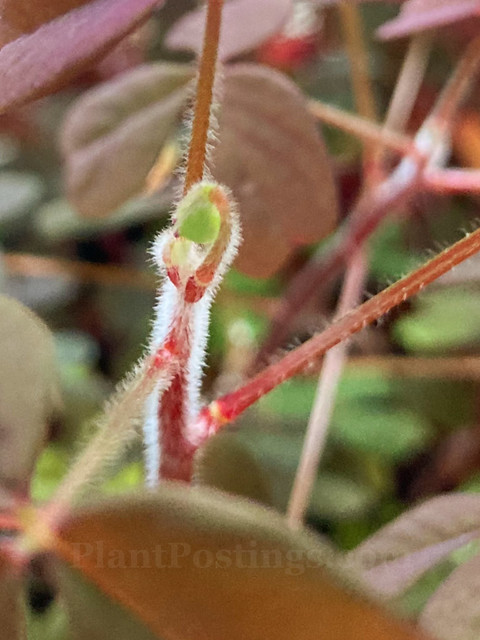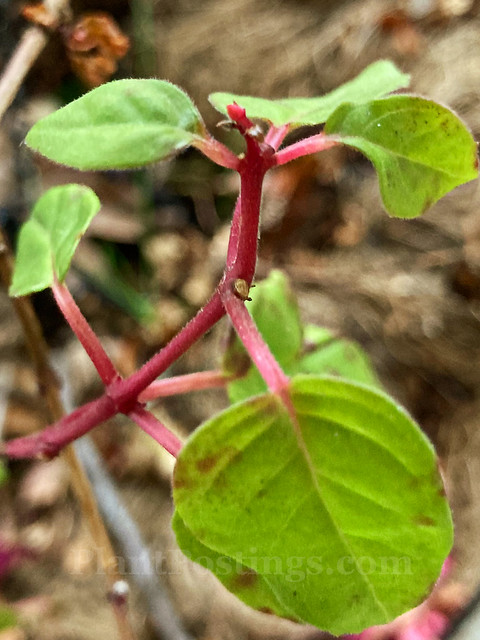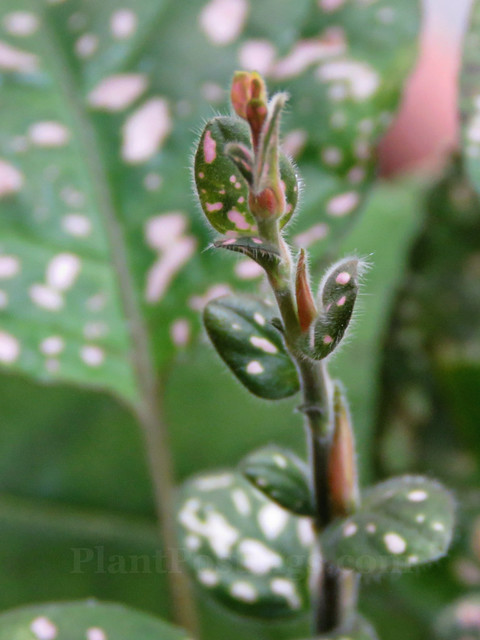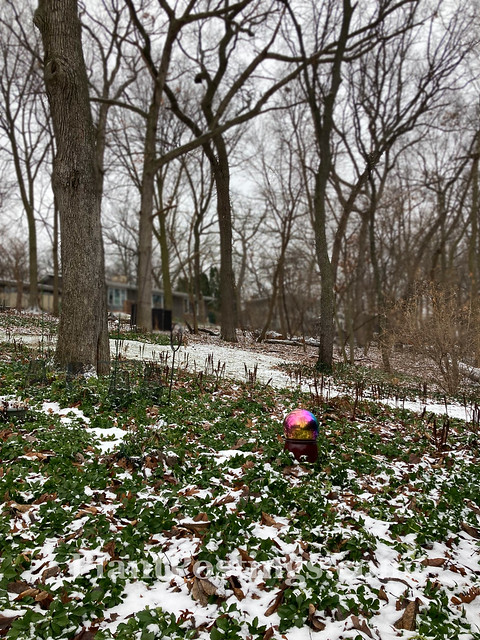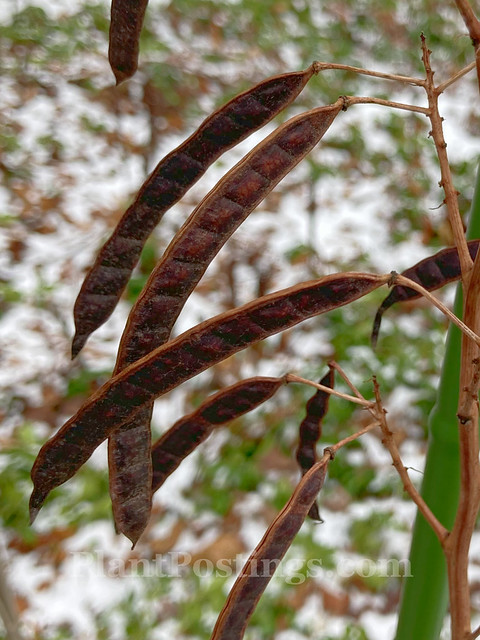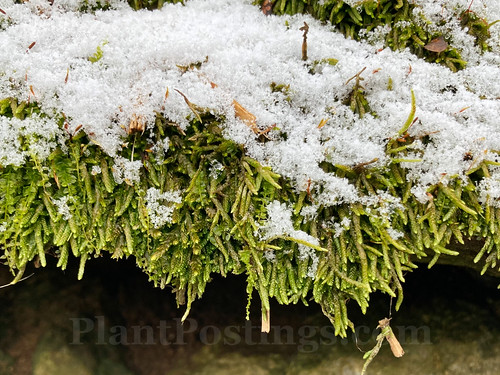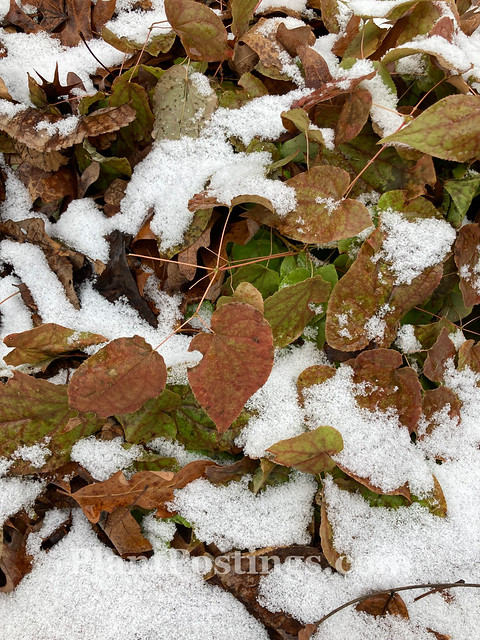
I'm dreaming about the growing season ahead; are you? Some garden friends in warmer climates are beginning to see new growth, while others in even milder locations have year-round active gardens. Here in the Upper Midwest U.S., our growing season doesn't really get going until March. While, yes of course, changes are happening under the soil and under the snow and ice all winter, the growing party doesn't really start until spring.
So...I'm reflecting on some of the highlights of last year's garden as I plan ahead. In March, it started with the budding and blooming of Snowdrops (Galanthus spp.), shown above.

Other fabulous and reliable garden friends that made their appearances in March included the ornamental Alliums. (Though most actually bloom in late spring and early summer, it's fun to see the new growth poking above the soil and preparing for the season ahead.)
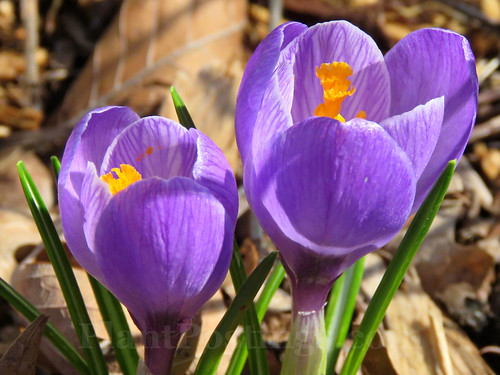

Other fabulous and reliable garden friends that made their appearances in March included the ornamental Alliums. (Though most actually bloom in late spring and early summer, it's fun to see the new growth poking above the soil and preparing for the season ahead.)

Crocuses (C. vernus) greeted late March and early April with bright color and tenacity, even as winter and spring duked it out with fluctuating temperatures and variable precipitation.
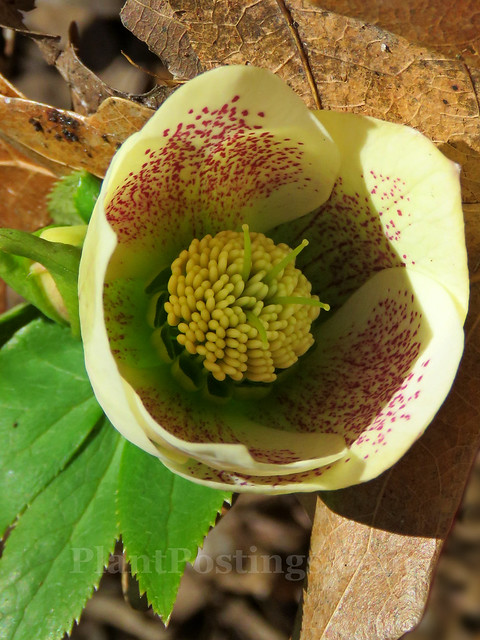
Some of the Hellebores (H. orientalis) began blooming in March, but their performance really got going in April.

The rabbits didn't eat/destroy the Virginia Bluebells (Mertensia virginica) last year because I provided adequate caging.
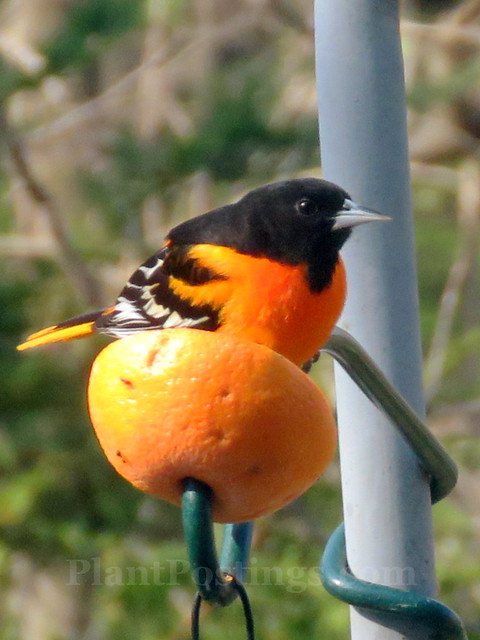
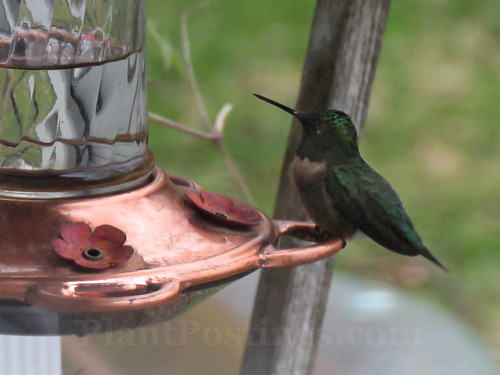
The Baltimore orioles and ruby-throated hummingbirds were right on schedule in early May.



Alliums (A. giganteum), Salvias (S. nemerosa), and Dwarf Korean Lilacs (Syringa meyeri) took the stage in June, their cool pink and purple blooms great for floral arrangements.

Viceroy butterflies (shown here) seemed more plentiful last summer, while their look-alikes, monarchs, were lower in numbers in my part of the country than they have been in the past.
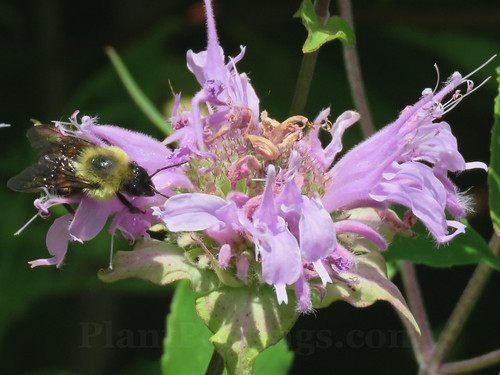
Wild Bergamot (Monarda fistulosa) offered cheery July blooms to pollinators and humans, alike.

In August, the garden flowers I'd planted from seeds, bulbs, and corms earlier in the growing season offered vases full of color.

A family of red-tailed hawks visited our backyard. That was a thrill!
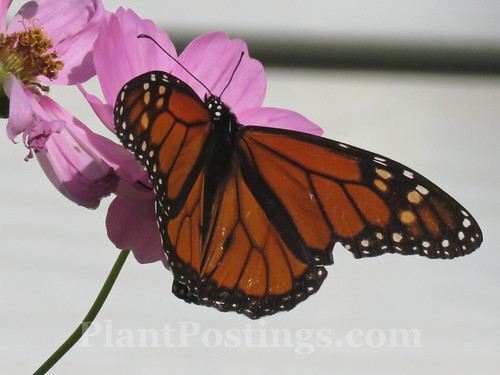
Also a thrill: every monarch I saw, because there were so few.
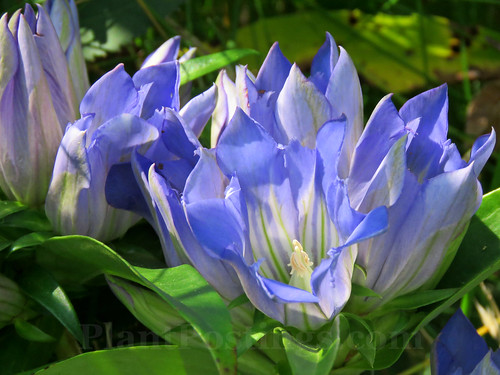
In September, I found a patch of Downy Gentians (Gentiana puberulenta) during a hike, definitely a beautiful discovery.

The juvenile hummingbirds, as always in late summer/early fall, kept me entertained.

The Maples (Acer spp.) colored the front yard view in October.
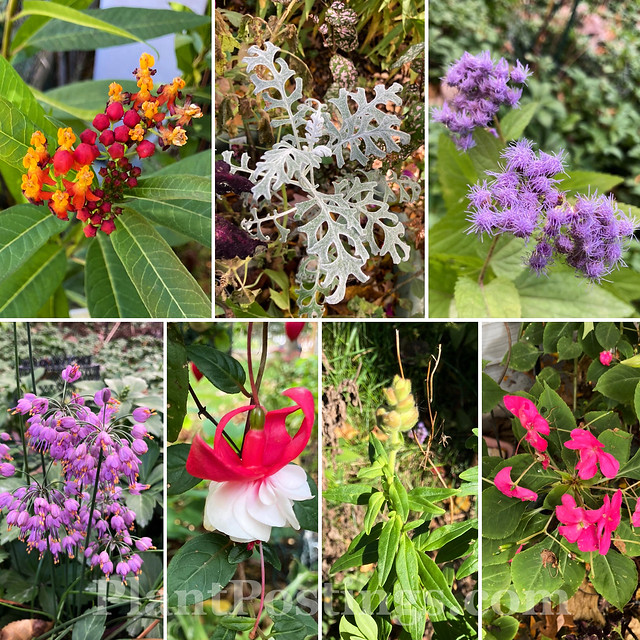
At the same time, the garden was still full of plentiful blooms, since we didn't have a heavy frost until late in the month.

We had plenty of Tomatoes for BLTs late into the season.
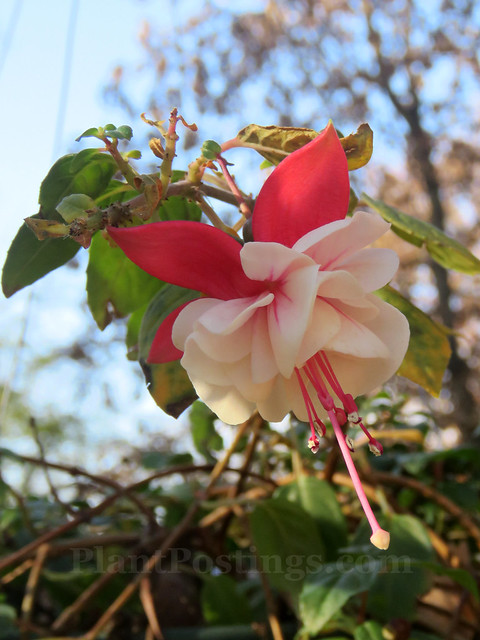
The hanging Fuchsias even bloomed into early November.

And I saw monarch butterflies later in the season than I've ever seen them before, though I'd seen very few earlier in the year.
It was a beautiful growing season, and I'm looking forward to the one ahead in the coming months. Though these are all blooms and thrills from last year, I'm linking into Gail's Wildflower Wednesday over at Clay and Limestone. Happy memories and best wishes for the growing season ahead!
